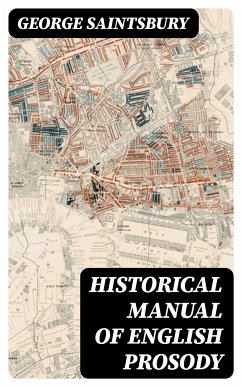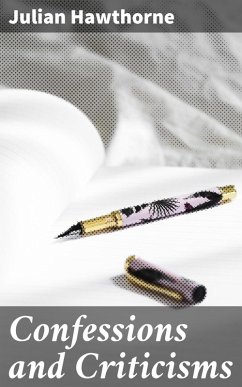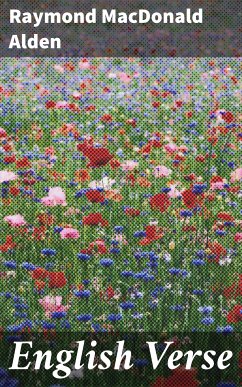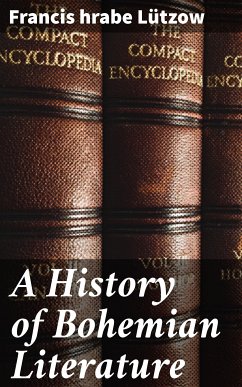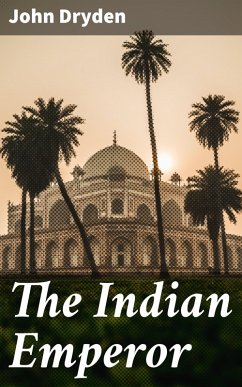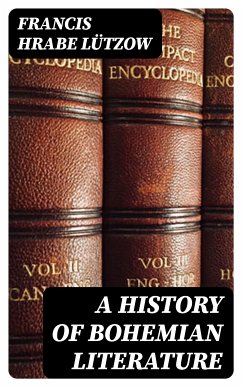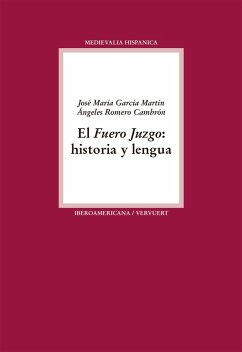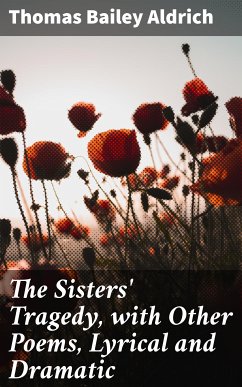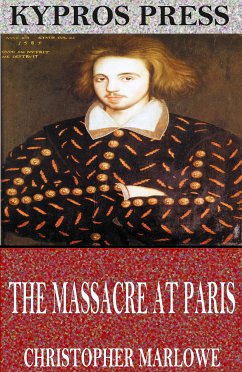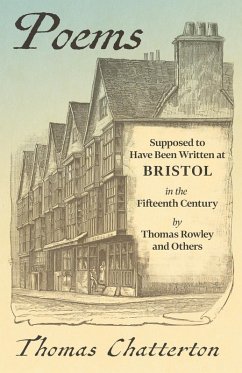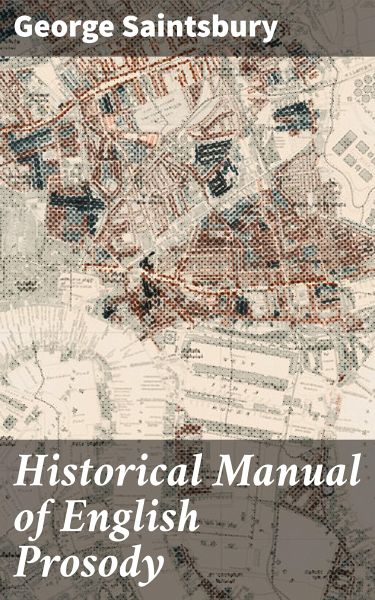
Historical Manual of English Prosody (eBook, ePUB)
Enriched edition. A Scholarly Guide to English Poetry Metrics and Forms
Kommentar: Ellington, Trevor / Redaktion: Good Press
Versandkostenfrei!
Sofort per Download lieferbar
1,99 €
inkl. MwSt.
Weitere Ausgaben:

PAYBACK Punkte
0 °P sammeln!
In "Historical Manual of English Prosody," George Saintsbury meticulously charts the evolution of English verse forms, employing a clear and accessible style that balances scholarly rigor with a pedagogical approach. The text delves into the rhythmic and metric structures that underlie English poetry, tracing their development from Old English through to the Victorian era. Saintsbury's adept use of examples, alongside his systematic exposition of poetic rules, positions this work as a valuable resource for both students and enthusiasts of literary forms, contextualizing its arguments within th...
In "Historical Manual of English Prosody," George Saintsbury meticulously charts the evolution of English verse forms, employing a clear and accessible style that balances scholarly rigor with a pedagogical approach. The text delves into the rhythmic and metric structures that underlie English poetry, tracing their development from Old English through to the Victorian era. Saintsbury's adept use of examples, alongside his systematic exposition of poetic rules, positions this work as a valuable resource for both students and enthusiasts of literary forms, contextualizing its arguments within the broader literary currents of its time. Saintsbury (1845-1933) was a prominent English critic, historian, and scholar, whose extensive knowledge of literature and linguistics greatly informed his passionate engagement with poetic structures. His academic background and experiences as a professor, combined with a lifelong dedication to literary studies, shaped his desire to create a comprehensive manual that could illuminate the complexities of English prosody. His expertise not only legitimizes his observations but also reflects a deep commitment to enriching the understanding of poetic art in England. "Historical Manual of English Prosody" is an essential read for anyone aspiring to grasp the intricacies of English poetry. Whether you are a student of literature, a poet seeking to refine your craft, or a reader looking to deepen your appreciation of verse, Saintsbury's work stands as an authoritative guide through the rhythmic landscapes of English literary tradition. In this enriched edition, we have carefully created added value for your reading experience: - A succinct Introduction situates the work's timeless appeal and themes. - The Synopsis outlines the central plot, highlighting key developments without spoiling critical twists. - A detailed Historical Context immerses you in the era's events and influences that shaped the writing. - An Author Biography reveals milestones in the author's life, illuminating the personal insights behind the text. - A thorough Analysis dissects symbols, motifs, and character arcs to unearth underlying meanings. - Reflection questions prompt you to engage personally with the work's messages, connecting them to modern life. - Hand-picked Memorable Quotes shine a spotlight on moments of literary brilliance. - Interactive footnotes clarify unusual references, historical allusions, and archaic phrases for an effortless, more informed read.
Dieser Download kann aus rechtlichen Gründen nur mit Rechnungsadresse in A, B, BG, CY, CZ, D, DK, EW, E, FIN, F, GR, H, IRL, I, LT, L, LR, M, NL, PL, P, R, S, SLO, SK ausgeliefert werden.




